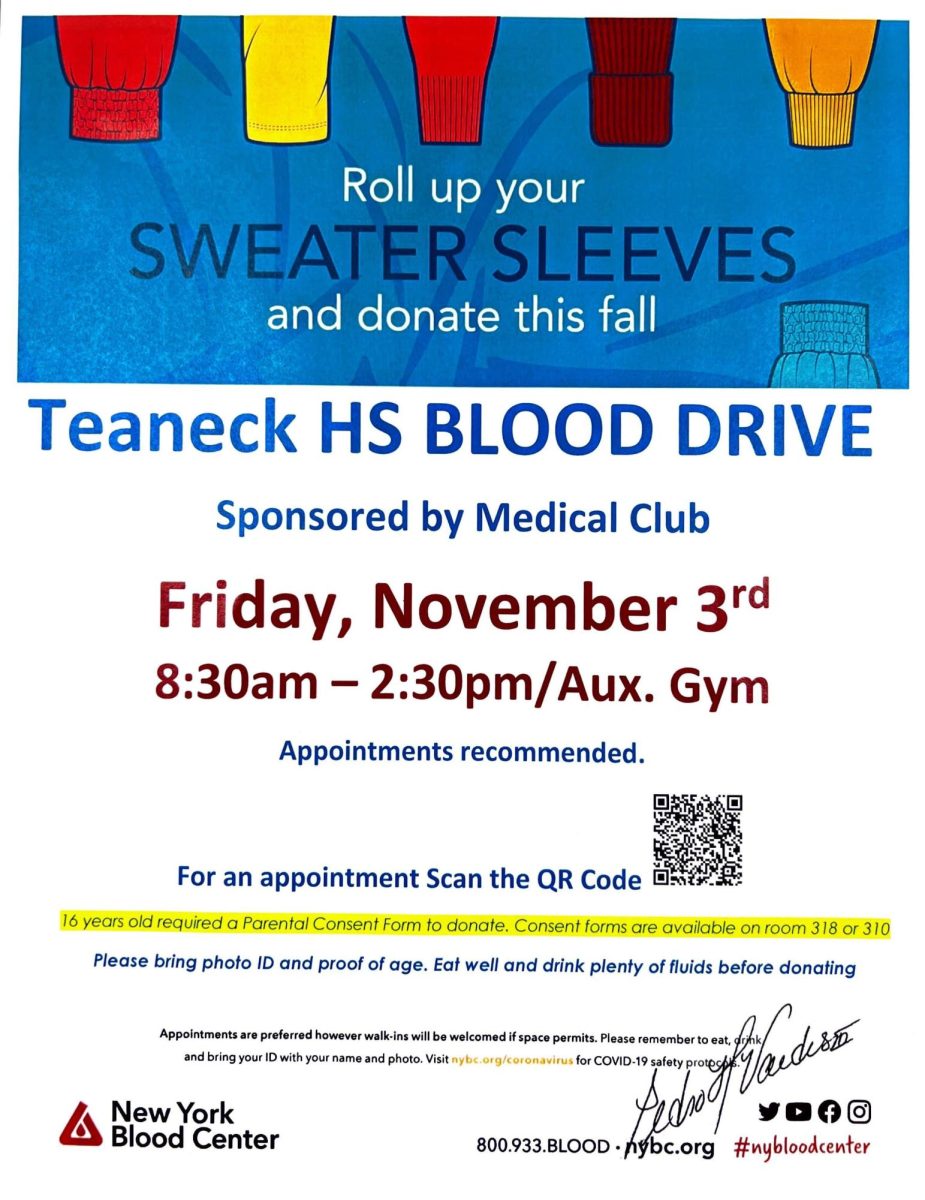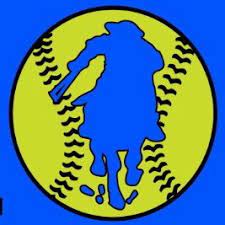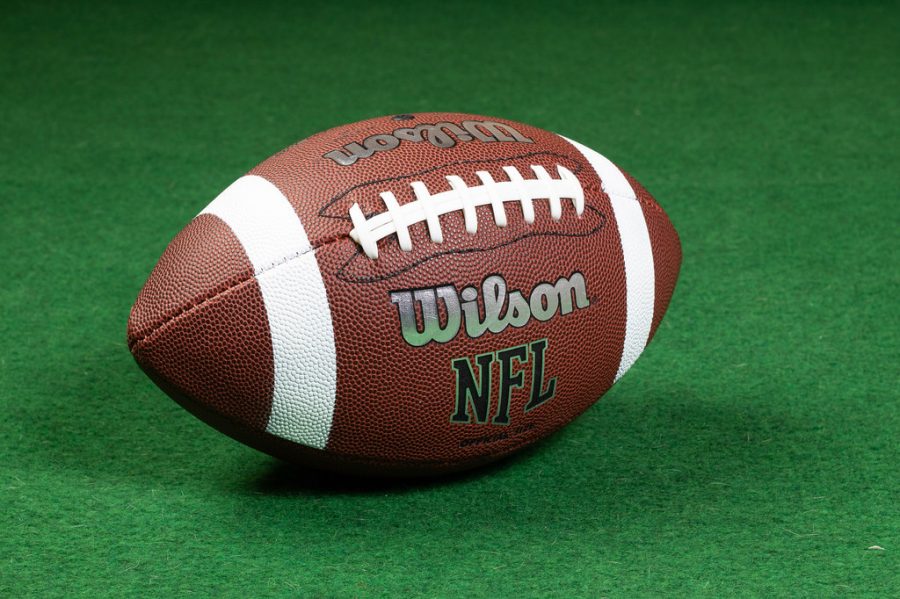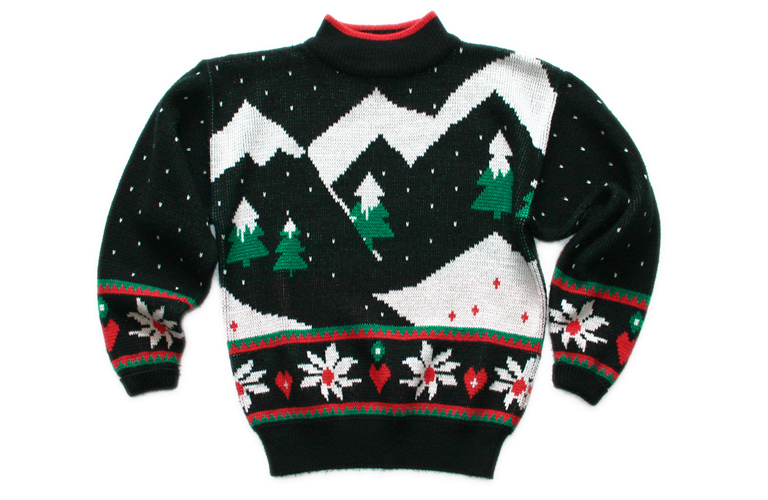The Ugly Christmas Sweater and its Legend
March 26, 2021
Ugly Christmas sweaters are seen more as the holidays approach along with hot chocolates, delightful music, and hearty Hallmark movies. But how long has the tacky garment been a part of American culture?
To answer that question, one would have to look into the past several decades of Christmases and observe how the presence of the sweater has risen and fallen in popularity. Where would one start? In the 1950s.
Celebrations of Christmas were settling into newer material forms as the country was settling down after a war. Then called “Jingle Bell Sweaters,” these garments were primarily fashioned by and associated with fathers who’d spend time with family in cheerful holiday traditions. At the time, there was no irony in the sweater; the mood of it being genuinely merry and festive.
Traveling a bit into the future you’d find another point of Christmas sweater popularity: the 80s. The apparel was often featured on situation comedy shows in the form of cardigans. This period boosted the now traditional feeling of holiday spirit with the “Jingle Bell sweater” being mass-produced and an overall more emphasized theme of a merry festival day.
One thing that did not change much from the 50s to the 80s was the association of a festive father to the sweater. The clothing garment was identified with comical dads who made attempts to involve their family in joyous celebration. In these years, sales for this article of clothing had reached an all-time high and became a symbol of holiday joy.
After a decrease in fame through the 1990s, the garment slowly began to reemerge with the attention it received from Americans in 2001 with television and entertainment stars fashioning it. Christmas sweater fever was fully revived in 2002 with Jordan Birch’s “Ugly Sweater Party” in Vancouver, British Columbia. The purpose of this event was to help benefit a friend of his stricken with cancer. With each year, the funds of the party have raised more than $100,000 for the Make A Wish foundation. With humorous intentions from those who wore it, the flashy article of clothing went into demand once more.
Time passed and more fashion retailers began to sell the tawdry vests and cardigans every year December rolled around. Even high-end fashion participated like Stella McCartney releasing a polar bear-themed alpine sweater in 2007. Givenchy took part in 2010, and Dolce & Gabbana the year after.
In 2012, UK charity Save the Children launched Christmas Jumper Day, a fundraising event encouraging people to wear their festive and painfully tacky clothes. British newspaper The Telegraph described the item as “this season’s must-have,” while the New York Times reported on ugly Christmas sweater-themed runs, pub crawls and specialized e-tailers booming across the States. The sweaters got more and more decorative with tinsel, bells, and wacky designs.
In more recent years, clothing manufacturers have continued to go further in ironic design. Big-name clothing industries stock themselves with the sweaters that do not fail to sell out. There are even dedicated websites which specialize in the annual novelty essential, and clock in millions of dollars in sales over the holiday season.





